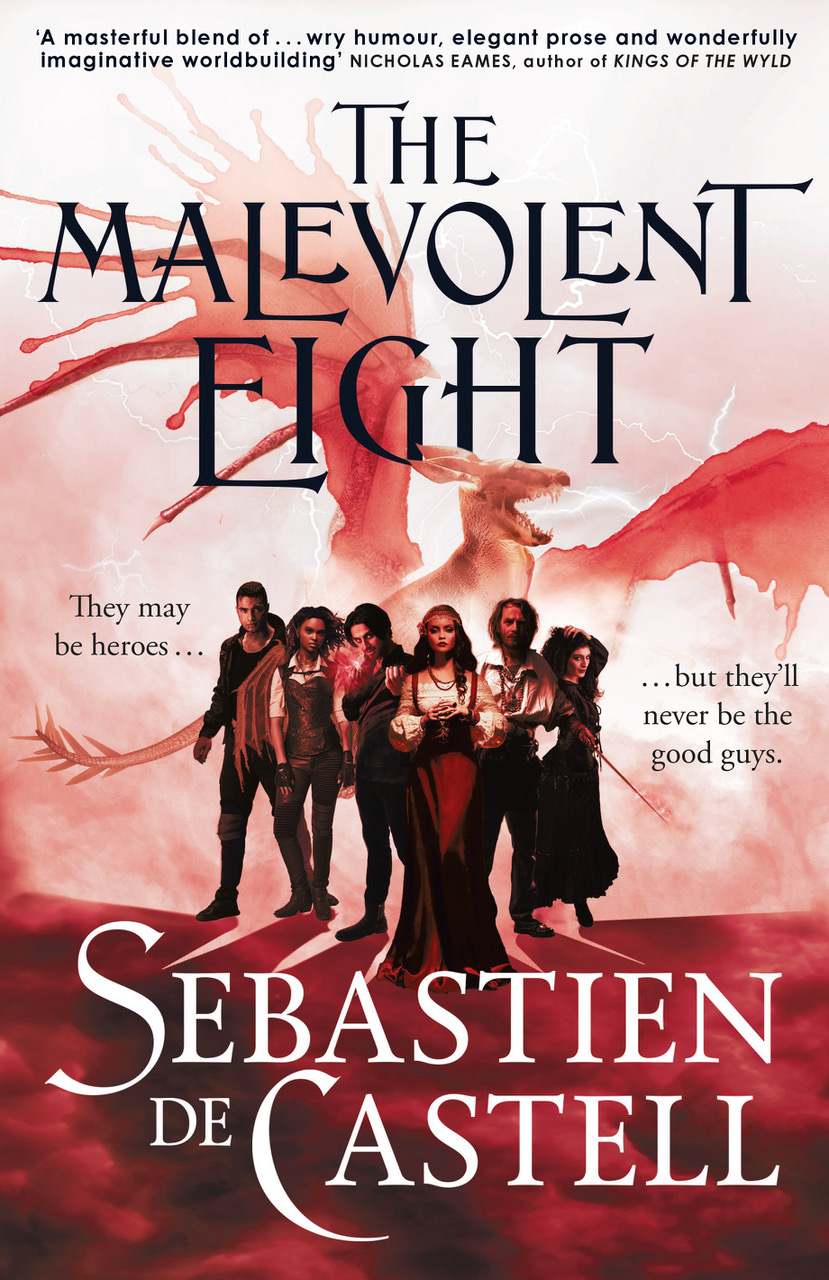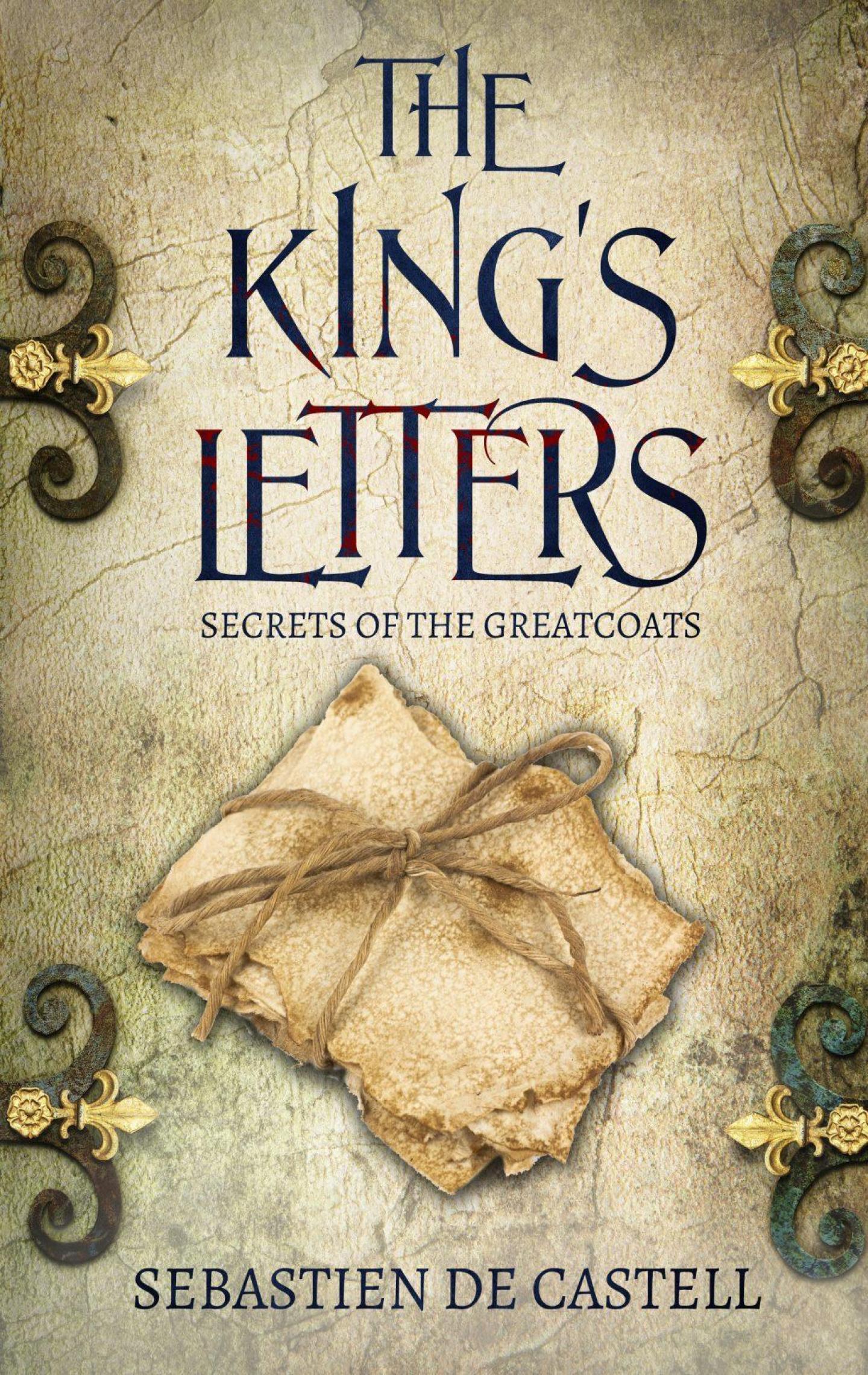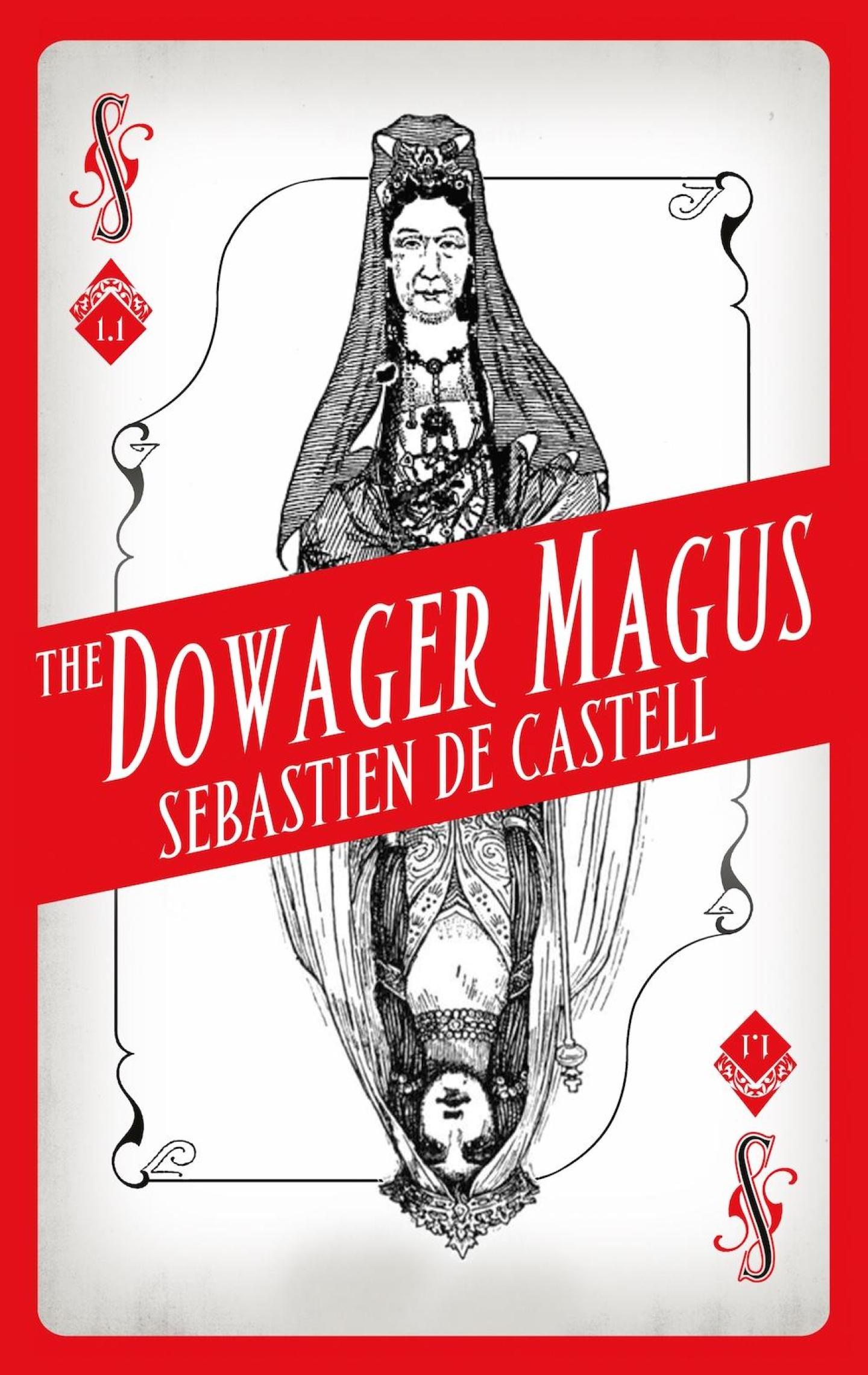This article originally appeared in SFX magazine. Or at least, I think it did. I never did get a copy . . .
The problem with funny books – I mean, really funny, giggling-uncontrollably-whilst-everyone-in-your-crowded-train-car-speculates-about-whether-perhaps-someone-ought-to-call-the-paramedics sorts of books – is that you can get so wrapped up in the pleasure of reading that you forget to take the story seriously. That would be a terrible mistake in this case, because Good Omens by Terry Pratchett and Neil Gaiman is a seriously funny book.
Any attempt to encapsulate the story is doomed to fail, but lets just say it’s about the arrival of Anti-Christ (who gets accidentally switched at birth with the wrong baby by a slightly clumsy satanic nun) and the coming battle between the forces of Heaven and Hell (well, except for the angel Aziraphale and the demon Crowley who’ve become rather good friends over the centuries and would just as soon the Earth not be destroyed, thank you very much). Of course, you can’t have the end times without the Four Horsepersons of the Apocalypse making an appearance: War, Famine, Death and Pollution (Pestilence retired in 1936) as well as their hangers-on, the Four Other Horsepersons of the Apocalypse, whose members include Grievous Bodily Harm and Things Not Working Properly Even After You’ve Given Them a Good Thumping.
Oh, and there’s a bit with a dog. Well, a hellhound, technically, but even that doesn’t work out as expected.
Good Omens is a very English book, which makes you wonder how all those poor souls who had to translate it into so many different languages once it became a bestseller managed to make sense of the endless stream of distinctly British references. In fact, if ever a book didn’t deserve to age or travel well, it’s this one. Written in the late eighties and published in 1990, Good Omens embraced the technologies, celebrities and social aggravations of the period. This alone should have doomed it to irrelevance – and yet with minimal adjustments, the fabulous 2015 radio drama produced by the BBC proved not only that both the humour and underlying social commentary of the book apply equally well to our own era, but also provides grounds for optimism about the upcoming 2018 television adaptation.
Neil Gaiman, acting on a posthumous request from Terry Pratchett, has signed on to write the six-episode miniseries. No doubt Gaiman’s talent and passion for the project will ensure that the humour and satire, the eccentric characters and devious plot twists will all be carried forward from page to screen. As a longtime fan, however, my hope is that this new incarnation will also bring forward the book’s subtle but distinctive political theme – one which may either delight audiences or send them racing to their respective social media bubbles in search of suitably vitriolic posts that validate their sense of being absolutely right about everything. Because while Good Omens takes shots at everything from religion to fad dieting, the real targets of its satire are those who demand that human beings take absolute sides against one another. Heaven and Hell get equally skewered in this – notably in the revelation that they’re both unintentionally funding the same Witchfinder Army. More significantly, it’s precisely the series of unpredictable friendships that violate these traditional divisions – between an angel and a demon, a witchfinder and a prophetess, and most importantly between the Anti-Christ and a bunch of punk kids – that provide the chance at salvation. For a book full of supernatural characters and events, Good Omens turns out to be a profoundly humanist book, and one that resonates even more for me in this polarised age than it did when I first read it twenty-five years ago.
See? I meant it when I said that Good Omens is a very funny book that’s worth taking seriously.






 The katana is a traditionally made Japanese sword and one of the finest bladed weapons ever devised. It’s designed for slicing and delivers devastatingly sharp cuts against flesh, sinew, and bone. Can it really decapitate a zombie in one blow? Absolutely. The Japanese used to test katanas by cutting through dead bodies (evidently practicing for the inevitable zombie apocalypse to come.) Regrettably, it’s useless against Godzilla, which makes me wonder if the Japanese were really all that prescient, after all.
The katana is a traditionally made Japanese sword and one of the finest bladed weapons ever devised. It’s designed for slicing and delivers devastatingly sharp cuts against flesh, sinew, and bone. Can it really decapitate a zombie in one blow? Absolutely. The Japanese used to test katanas by cutting through dead bodies (evidently practicing for the inevitable zombie apocalypse to come.) Regrettably, it’s useless against Godzilla, which makes me wonder if the Japanese were really all that prescient, after all. Your weapon of choice? The European bastard sword. This classic Medieval and early Renaissance monster is the jack-of-all trades you need to deliver judicious quantities of mayhem to all kinds of maniacally grinning mohawk monsters. Some hyena-faced lackey smirking at you while flipping his switch-blade in the air? Good – you’ve got more than enough reach to take him out. Armoured skateboarder is coming at you with a baseball bat? The bastard sword has the strength to parry that blow before you smite the post-apocalyptic Tony Hawk wannabe into the ground.
Your weapon of choice? The European bastard sword. This classic Medieval and early Renaissance monster is the jack-of-all trades you need to deliver judicious quantities of mayhem to all kinds of maniacally grinning mohawk monsters. Some hyena-faced lackey smirking at you while flipping his switch-blade in the air? Good – you’ve got more than enough reach to take him out. Armoured skateboarder is coming at you with a baseball bat? The bastard sword has the strength to parry that blow before you smite the post-apocalyptic Tony Hawk wannabe into the ground. You might be thinking rapier here, and if you were living in the 15th or 16th century I would agree with you. But the rapier is still a fairly heavy weapon to handle and that affects its speed. What you want here is a small sword. Yes, I realize the name ’small sword’ doesn’t inspire you with testosterone-filled confidence, but the small sword was fast – crazy fast – and the point was sharper than any blade that came before it. The only one thing that matters in a real swordfight is putting the pointy end into the other guy first. That’s why, by the late 17th century, the small sword had all but eliminated the rapier as the duelling weapon of choice. It’s also light enough to carry with you at all times and is surprisingly convenient for cooking hotdogs around the campfire.
You might be thinking rapier here, and if you were living in the 15th or 16th century I would agree with you. But the rapier is still a fairly heavy weapon to handle and that affects its speed. What you want here is a small sword. Yes, I realize the name ’small sword’ doesn’t inspire you with testosterone-filled confidence, but the small sword was fast – crazy fast – and the point was sharper than any blade that came before it. The only one thing that matters in a real swordfight is putting the pointy end into the other guy first. That’s why, by the late 17th century, the small sword had all but eliminated the rapier as the duelling weapon of choice. It’s also light enough to carry with you at all times and is surprisingly convenient for cooking hotdogs around the campfire. If murderous revenge is on your mind, then there’s only one weapon that will do the job the way it needs to be done: the N-Force Vendetta Double Sword. Yes, the N-Force has it all: big and bold enough to compensate for any masculine insecurities you may be experiencing, and with two separate blades you can offer one to your nemesis as a chance to defend themselves, or, heck, why not use one blade for your enemy and one for your spouse? Best of all, if you do a little research online you’ll quickly learn why the N-Force Vendetta Double Sword is the perfect blade if it turns out you haven’t stumbled upon the love of your life cheating on you with your best friend but instead have discovered them planning a particularly thoughtful birthday party for you.
If murderous revenge is on your mind, then there’s only one weapon that will do the job the way it needs to be done: the N-Force Vendetta Double Sword. Yes, the N-Force has it all: big and bold enough to compensate for any masculine insecurities you may be experiencing, and with two separate blades you can offer one to your nemesis as a chance to defend themselves, or, heck, why not use one blade for your enemy and one for your spouse? Best of all, if you do a little research online you’ll quickly learn why the N-Force Vendetta Double Sword is the perfect blade if it turns out you haven’t stumbled upon the love of your life cheating on you with your best friend but instead have discovered them planning a particularly thoughtful birthday party for you.


 Les vieux maîtres de sort aiment raconter que la magie a un goût. Les sorts de braise ressemblent à une épice qui vous brûle le bout de la langue. La magie du souf e est subtile, presque rafraîchissante, un peu comme si vous teniez une feuille de menthe entre vos lèvres. Le sable, la soie, le sang, le fer… cha- cune de ces magies a son parfum. Un véritable adepte, autre- ment dit un mage capable de jeter un sort même à l’extérieur d’une oasis, les connaît tous.
Les vieux maîtres de sort aiment raconter que la magie a un goût. Les sorts de braise ressemblent à une épice qui vous brûle le bout de la langue. La magie du souf e est subtile, presque rafraîchissante, un peu comme si vous teniez une feuille de menthe entre vos lèvres. Le sable, la soie, le sang, le fer… cha- cune de ces magies a son parfum. Un véritable adepte, autre- ment dit un mage capable de jeter un sort même à l’extérieur d’une oasis, les connaît tous. 'I totally saw this coming,’ Reichis growled, leaping onto my shoulder as lightning scorched the sand barely ten feet from us. The squirrel cat’s claws pierced my sweat-soaked shirt and dug into my skin.
'I totally saw this coming,’ Reichis growled, leaping onto my shoulder as lightning scorched the sand barely ten feet from us. The squirrel cat’s claws pierced my sweat-soaked shirt and dug into my skin. The way of the Argosi is the way of water. Water never seeks to block another’s path, nor does it permit impediments to its own. It moves freely, slipping past those who would capture it, taking nothing that belongs to others. To forget this is to stray from the path, for despite the rumours one sometimes hears, an Argosi never, ever steals.
The way of the Argosi is the way of water. Water never seeks to block another’s path, nor does it permit impediments to its own. It moves freely, slipping past those who would capture it, taking nothing that belongs to others. To forget this is to stray from the path, for despite the rumours one sometimes hears, an Argosi never, ever steals.